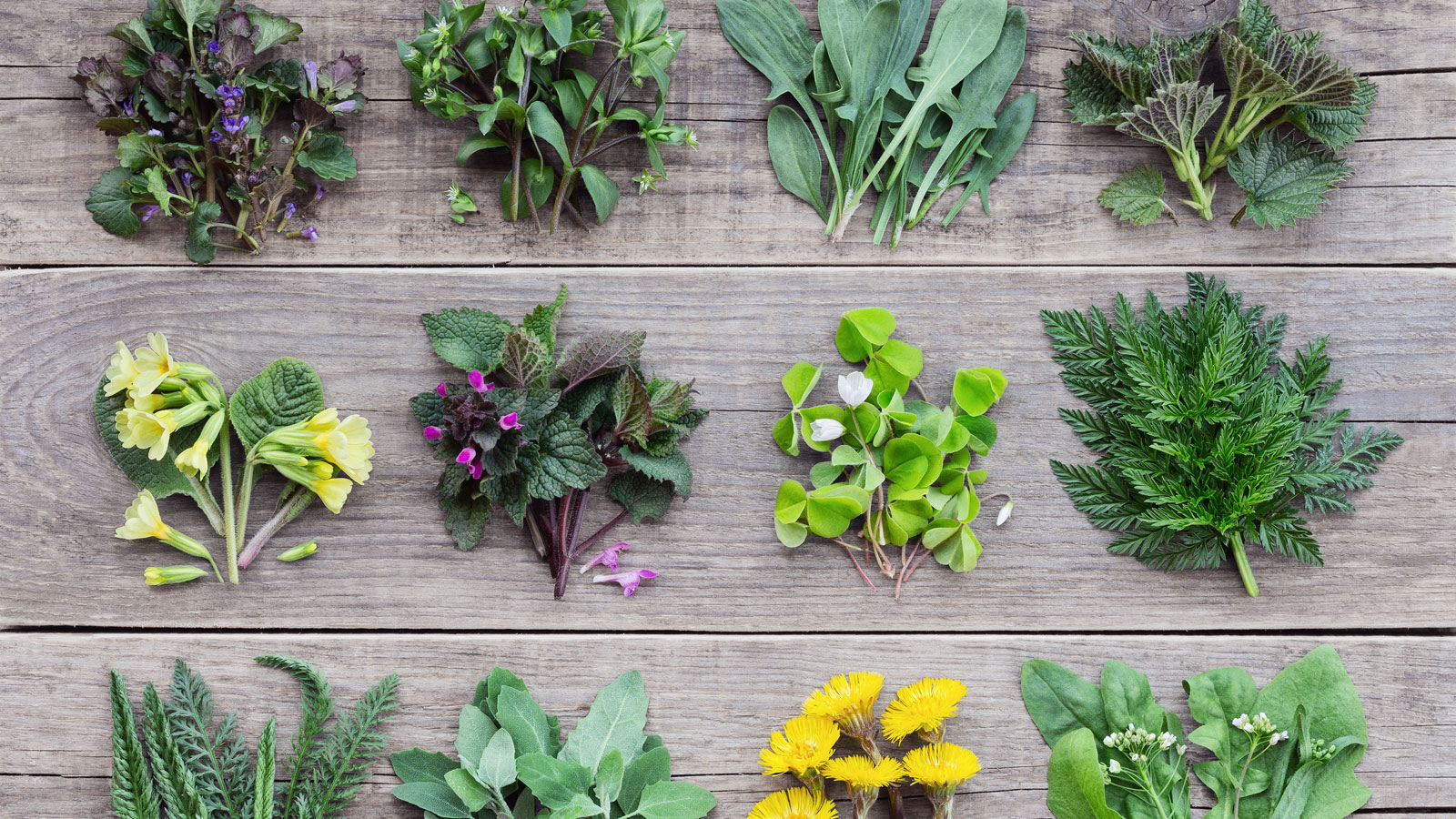
Nutritional wild greens abound in nature. Foraging for your own food (provided you have some knowledge) is a fun, free way to round out your food budget. If you are interested in foraging for beginners, some of the best things to forage are wild greens. Throughout history, edible wild greens that have been seen as only weeds were eaten primarily by indigenous groups. Today, foraged greens are making a comeback, in part due to their popularity at farmer’s markets and on the pricey menu listings of some restaurants. Read on to learn about seven favorite edible wild greens to forage for deliciously fresh foraged salads.
7 Delicious Wild Greens To Try
Wild greens like the dandelion are not only delicious but rich in nutrients and low in calories. If you are willing to eat plants in the wild, you’ll find that many of these edible greens can be eaten in a multitude of ways, from raw to cooked into soups and sides, or pureed into unique pesto-like sauces or dips. While there are many wild edible greens to sample and enjoy, here’s a rundown of my favorites…
1. Dandelions
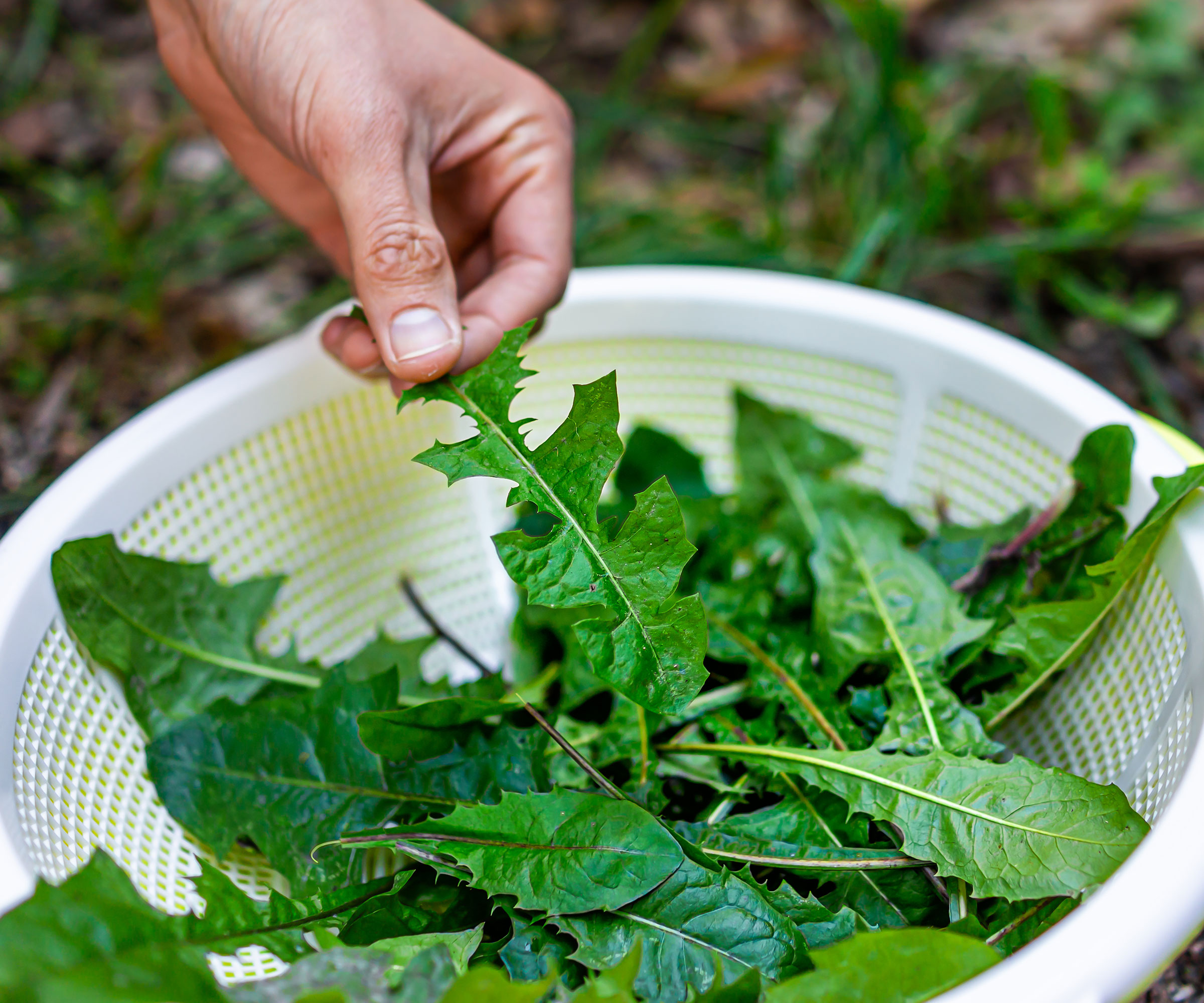
Seen by some as a noxious weed, dandelions are something else entirely to a forager. To the wild green hunter, dandelions are commonly found, and are delicious nutritious plants that can be eaten in their entirety.
You won’t have to travel far to harvest a salad of these delectable, pleasantly bitter greens; you probably have some in your backyard! Use the fresh leaves in salad or grind the roots to make a coffee substitute. A cup of cooked dandelion greens contains a whopping 150 mg of calcium along with plenty of vitamins A, C and K.
2. Nettles
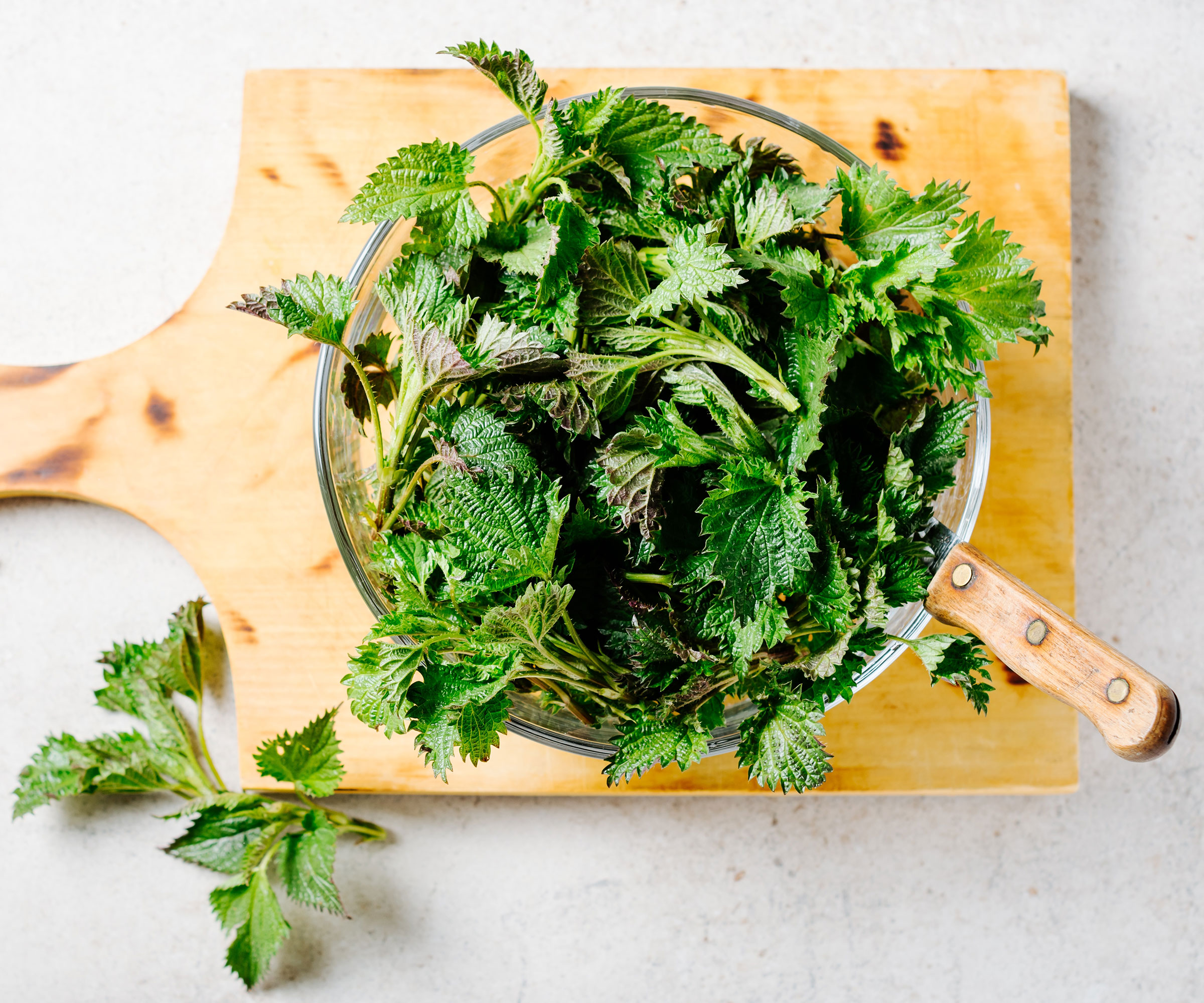
Known as stinging nettles, this wild green can pack a punch. The mature spiky leaves can indeed sting the skin. Wear gloves when harvesting them, and for good measure, take only the less armored new growth.
Due to its propensity to sting, stinging nettles can’t be eaten raw and care should be taken when handling them, but once they're cooked they taste like a delicious cross between spinach and cucumber. They can be used in risottos, sauces, soups and even as tea. Rich in calcium, nettles also contain six grams of fiber per serving, along with magnesium, iron and some potassium.
3. Creasy Greens
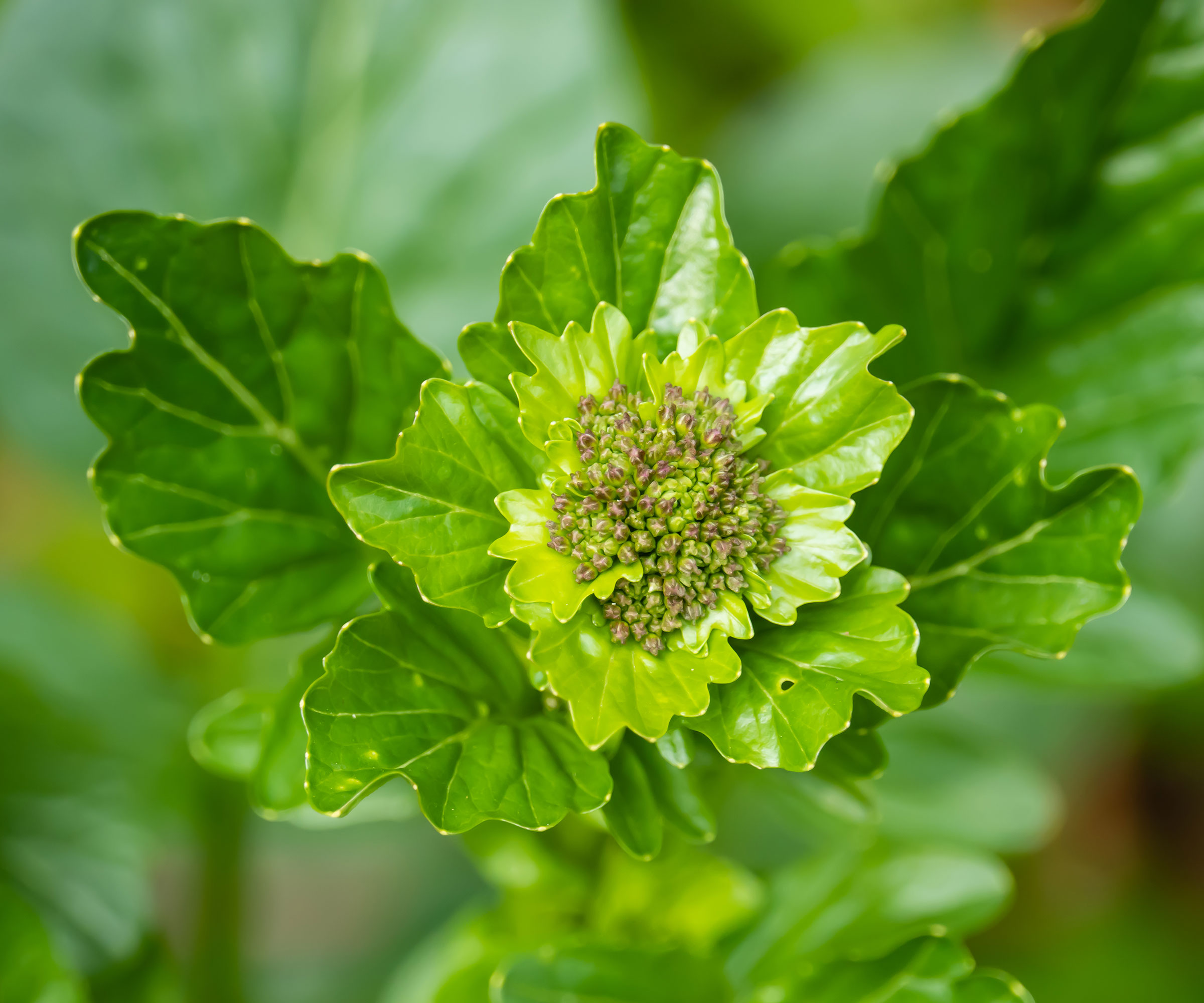
Also known as early wintercress or upland cress, creasy greens are a staple of Southern and Appalachian cuisine. These biennial, cold hardy wild greens are an intriguing harbinger of spring, coming up at the same time as ramps.
Sign up for the Gardening Know How newsletter today and receive a free copy of our e-book "How to Grow Delicious Tomatoes".
With a black peppery flavor, creasy greens are nutrient-rich and can be used in soups, stews, eggs, salads and sandwiches, either raw or cooked. They are at their peak when harvested just before they go to seed, and can be foraged or grown in the home garden, where their late spring blooms attract bees and other pollinators.
4. Fiddlehead Fern
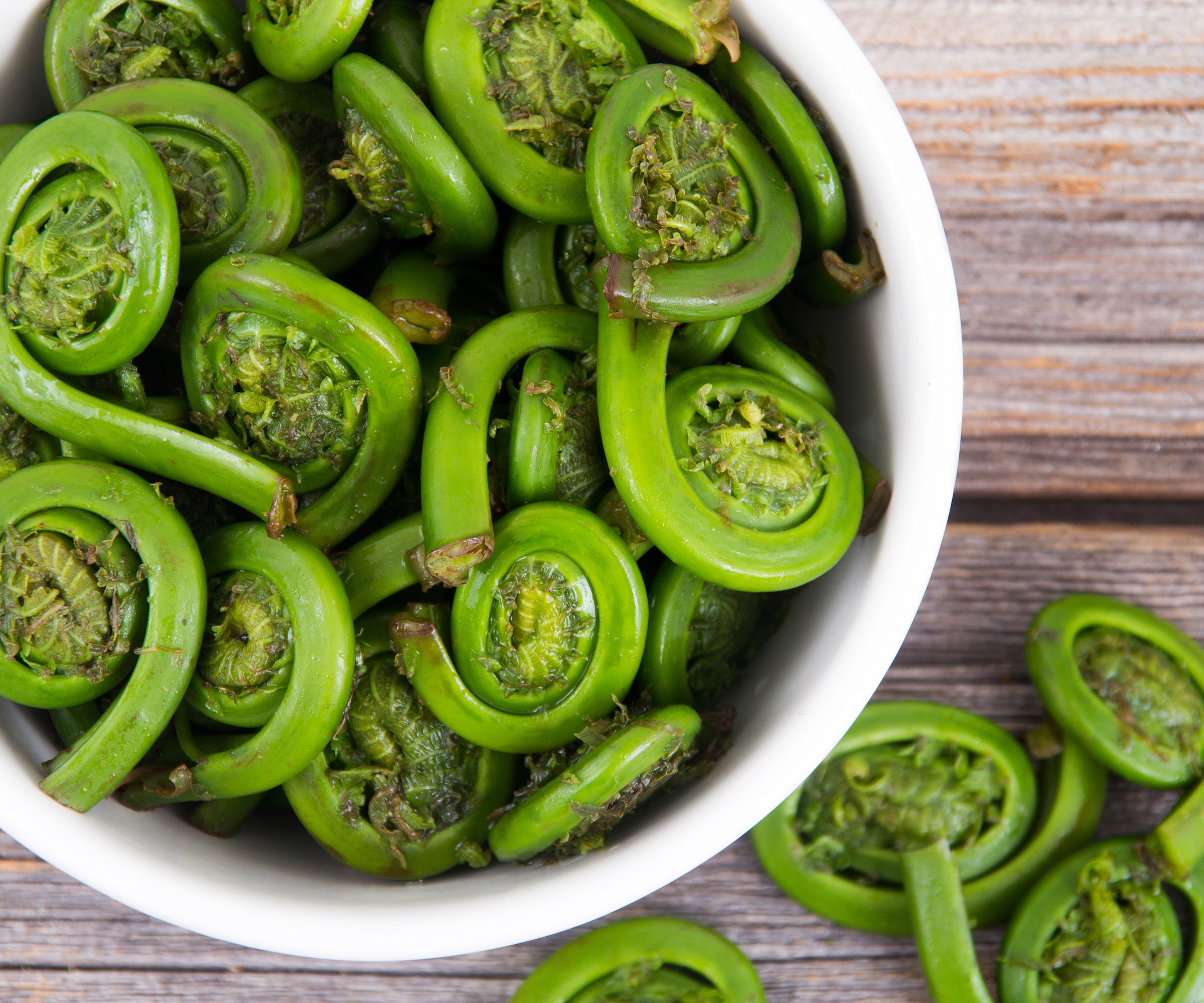
With their unique, curled appearance, fiddleheads are a delicacy only available in the spring. Once they unfurl into fern fronds, they’re no longer sought after. If you forage for them, please only take a third of the heads per plant for a sustainable harvest.
Sometimes found at farmer’s markets or specialty stores, fiddleheads taste like asparagus with a green bean crunch and a hint of broccoli. They are rich in antioxidants, vitamins A and C and assorted minerals.
Fiddleheads, the curled shoots of the ostrich fern, can cause food poisoning when not properly stored, prepared and cooked. They should be cooked thoroughly before sauteing, frying or using any other food preparation method.
5. Purslane
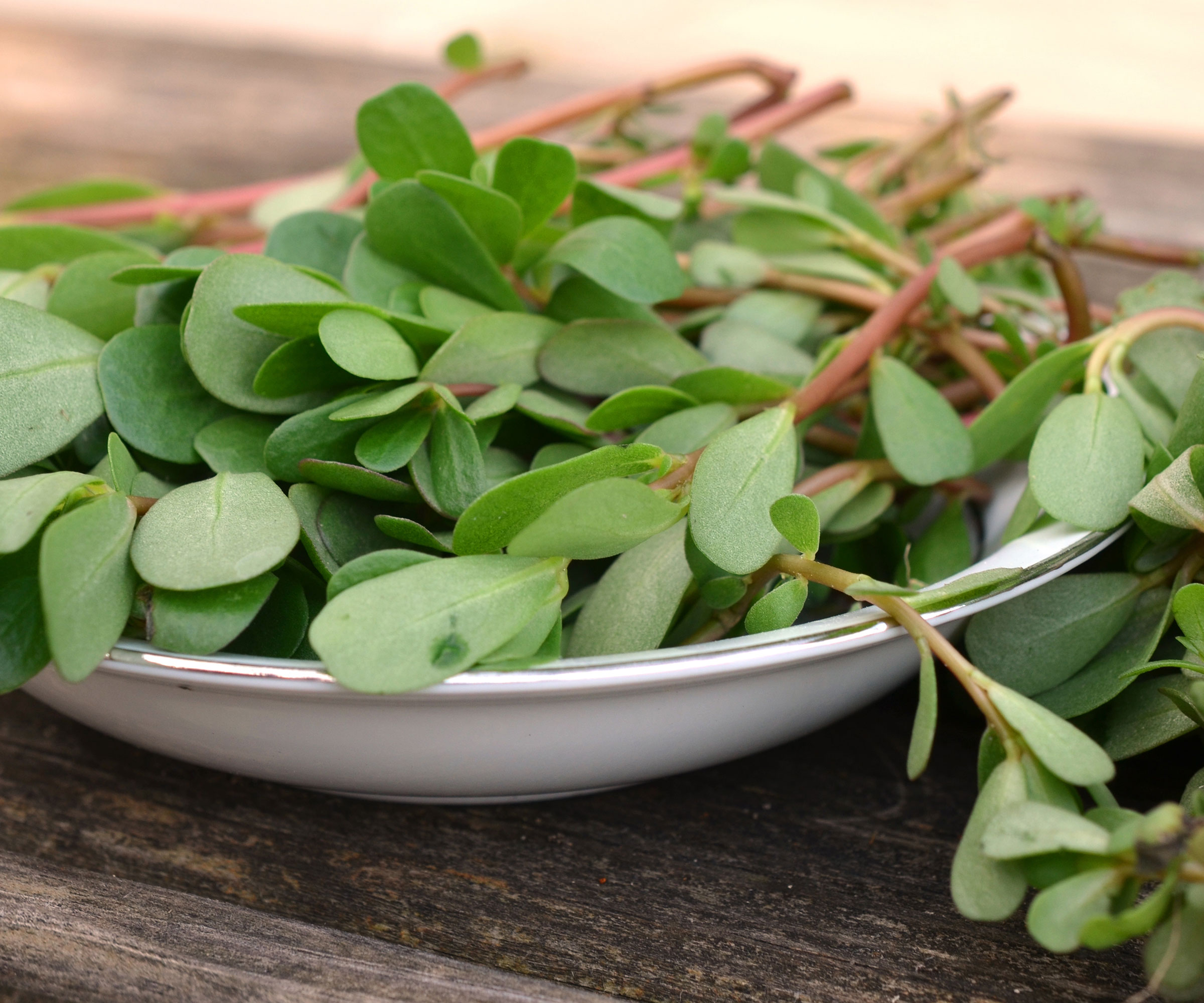
Purslane can be found almost everywhere in the garden and grows easily, which is why it is the bane of many a gardener’s existence. To the forager, though, it is a readily available vegetable rich in vitamin A and potassium, along with other micronutrients.
With a scant 21 calories per serving, purslane’s tart citrusy flavor can be enjoyed in salads or cooked into soups or as a green side dish. A low-growing plant with succulent-like leaves, purslane is also one of the richest green plant sources of omega-3 fatty acids, which can aid in heart health, the building of brain cells and the reduction of inflammation.
6. Wood Sorrel
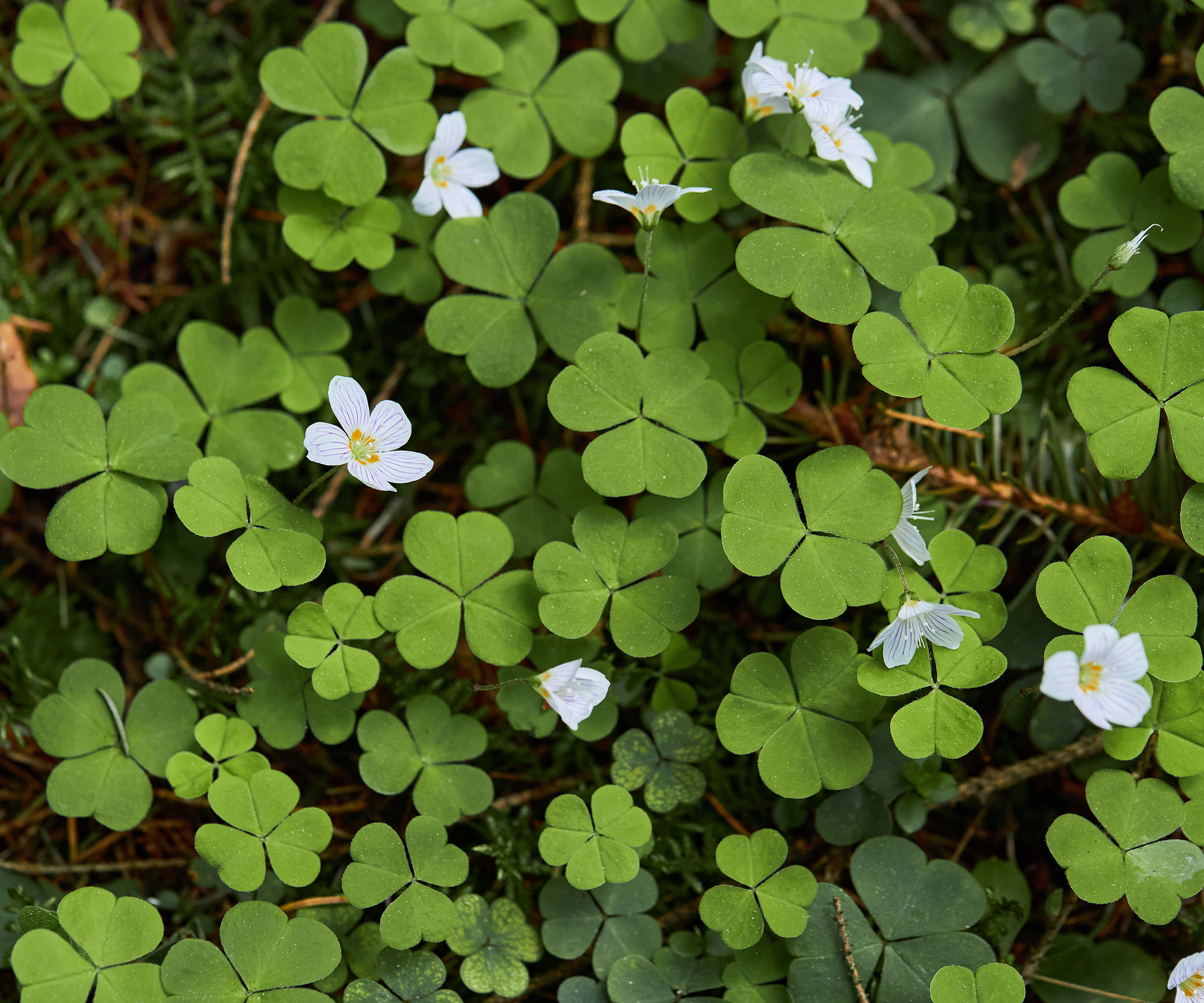
Native to North America, wood sorrel has been used by indigenous people for thousands of years. The plant looks much like clover, but with a low-growing habit of trefoil heart-shaped leaves.
Wood sorrel makes a tasty citrusy snack, but don’t eat too much of it. It contains oxalic acid, which when eaten turns into oxalates that can lead to kidney stones and other bodily issues. Use wood sorrel as a tea or cooked into soup, or eat it raw in salads or just as a snack.
7. Amaranth
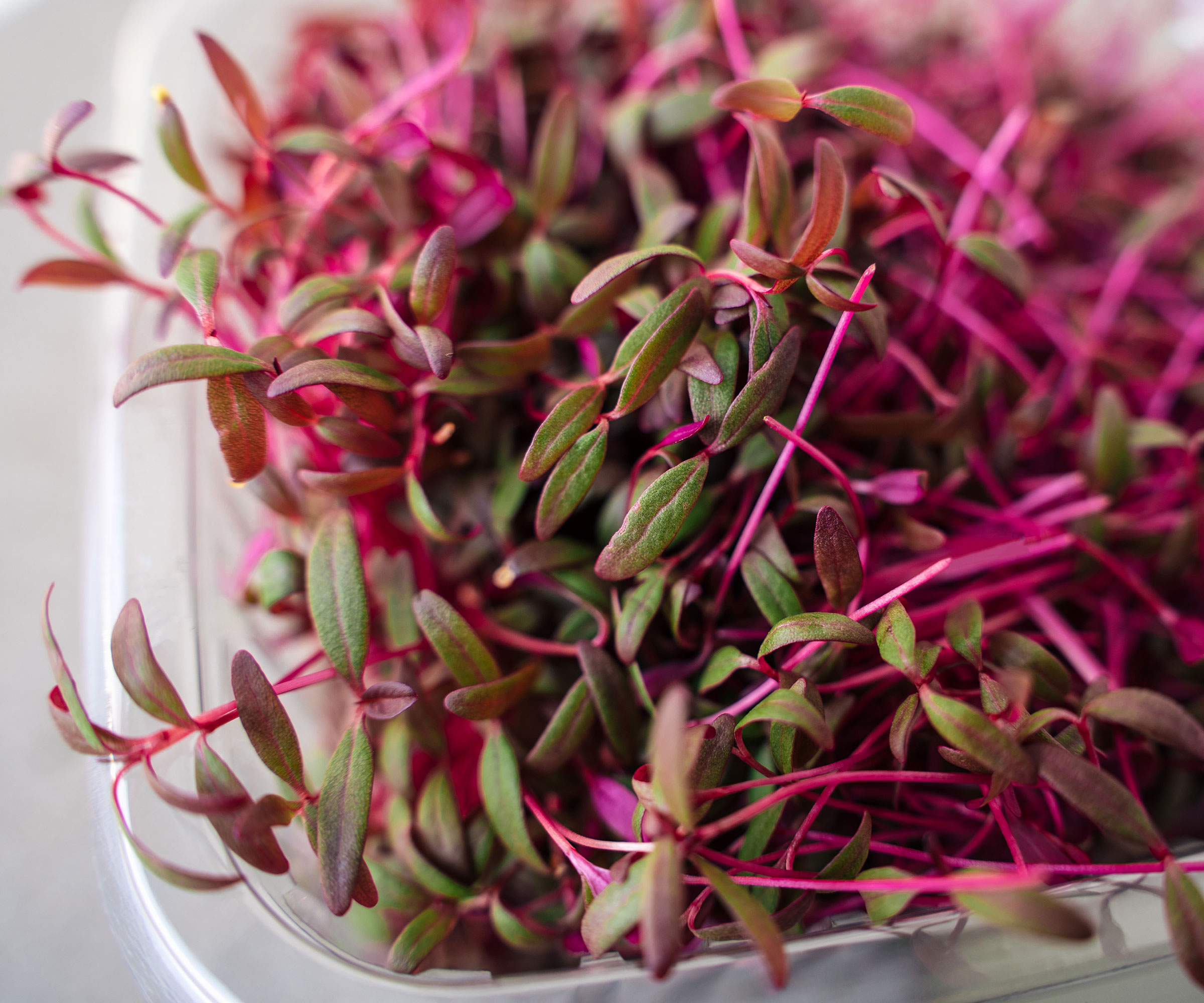
Amaranth is a group of over 50 species spanning the globe. All parts of the plant are edible – however, they are rich in oxalates, which can cause bodily issues for some people. The raw leaves taste much like spinach.
Amaranth is a herbaceous plant with catkin-like blooms, often with striking pigmentation. Closely related to celosia, amaranth varieties are often cultivated for their seeds which can be used in place of whole grains and have a nutty, mildly sweet flavor.
Frequently Asked Questions
How do you clean wild greens?
Clean wild greens with cool, clean water. Soak the greens in the cool water or swish them around in it. You can also add a splash of vinegar or use a commercial veggie cleaner. Lay the greens out on a clean dish towel to dry. Be aware of where you are picking wild greens. Be sure it isn’t in an area of chemical pesticides, herbicides or areas of runoff where these chemicals, plus car oil and other impurities, congregate.
Are wild greens healthy?
Yes, most wild greens are very healthy. Many of them are rich in vitamins and low in calories. That said, you do need to know what you are picking. Some greens contain components that can make a person ill.

Amy Grant has been gardening for 30 years and writing for 15. A professional chef and caterer, Amy's area of expertise is culinary gardening.
